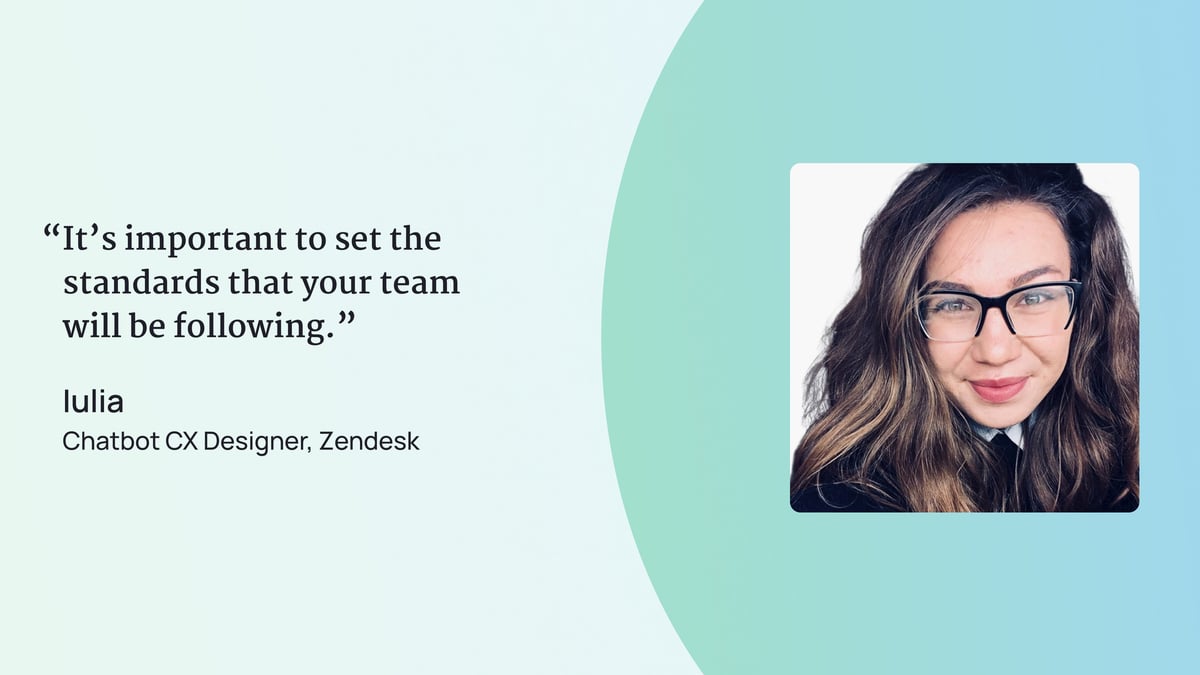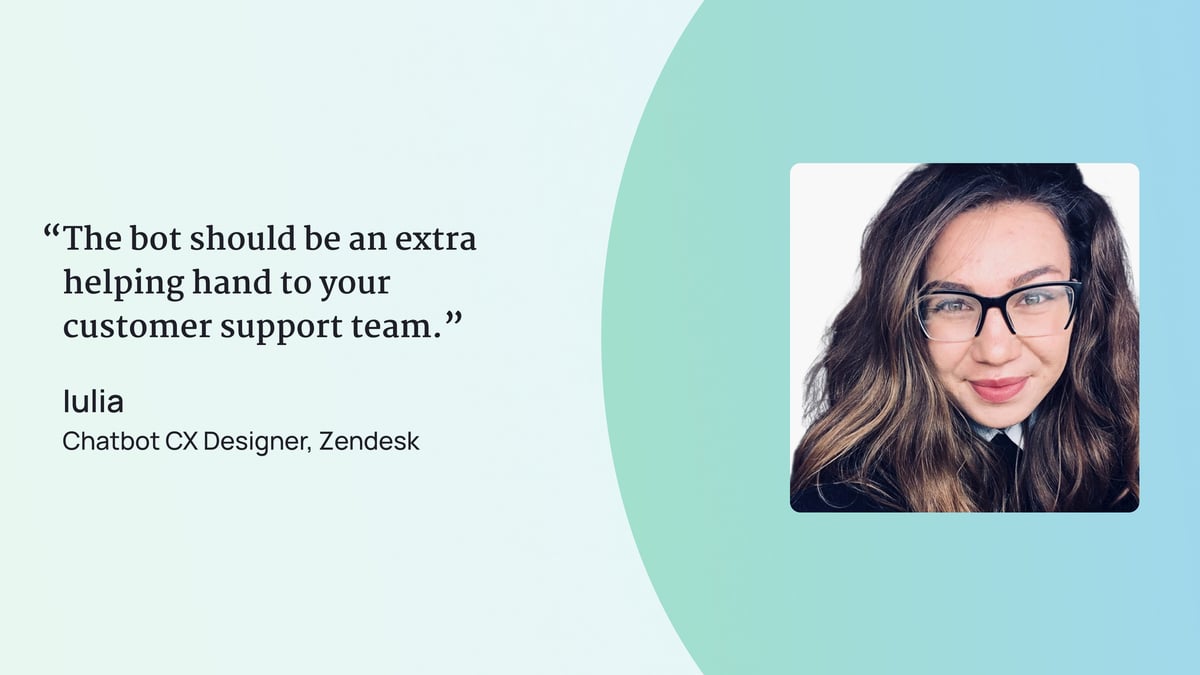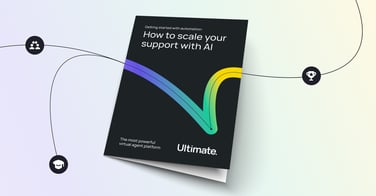3. Create smart escalation paths
Even if you’ve perfectly followed the first two bot building best practices, it is likely that something will eventually go wrong. For example, you may think you have a pretty clear idea of what the conversation is going to look like, but the user journey might be totally opposite. Here, Austin suggests that when mapping out all possible user flows – including what the conversation will look like if there’s a problem and a support agent needs to get involved. In this video on keeping a customer-focused mentality when it comes to bot building, Iulia reminds us that the goal should not be deflection at all costs. Rather, the bot should be treated as a tool that helps create a better customer experience.
















.jpg?width=1200&height=674&name=EduHub-BestPractices_Step2_6%20(1).jpg)



